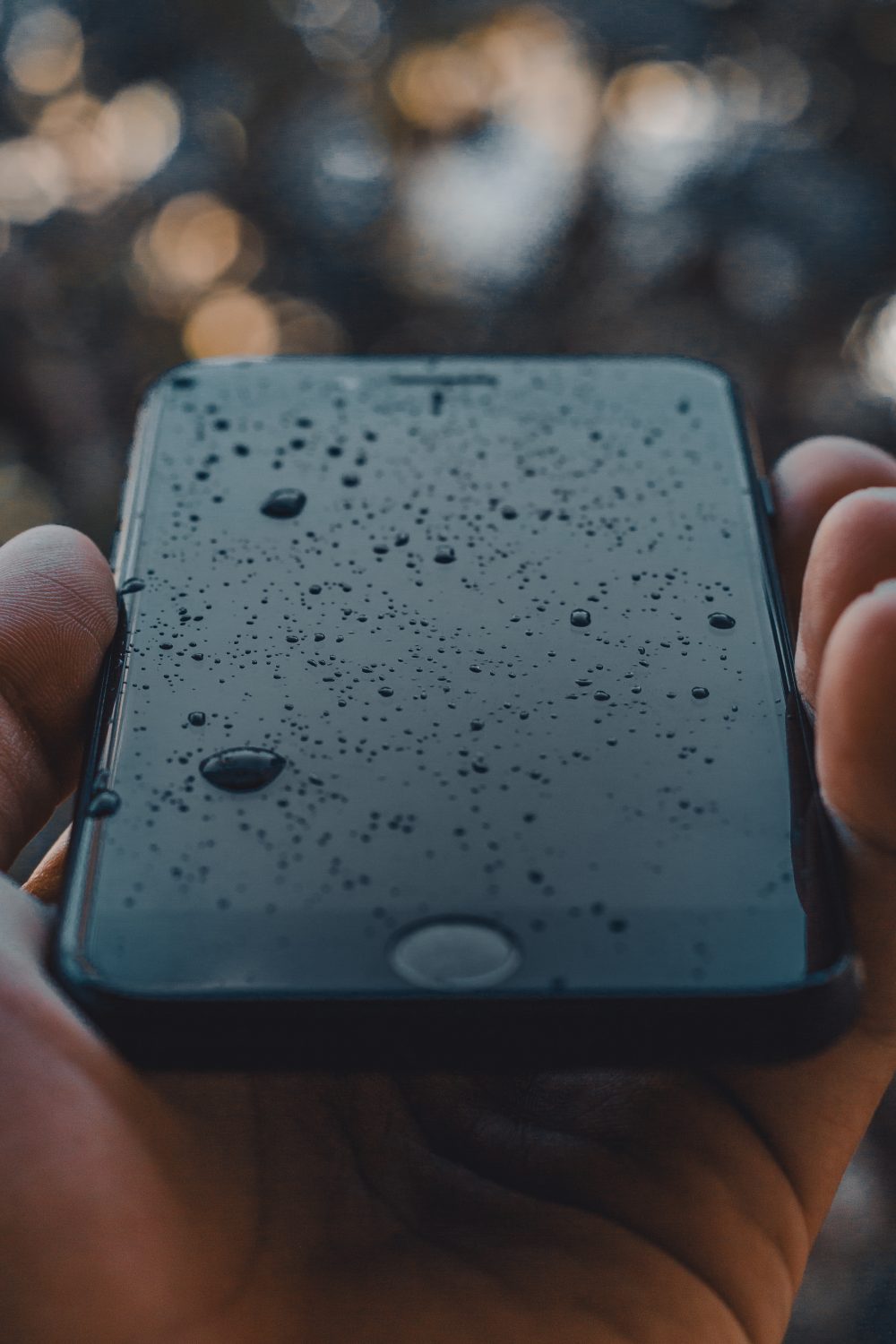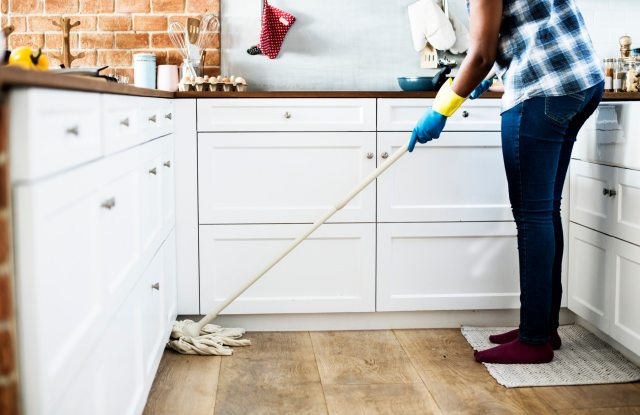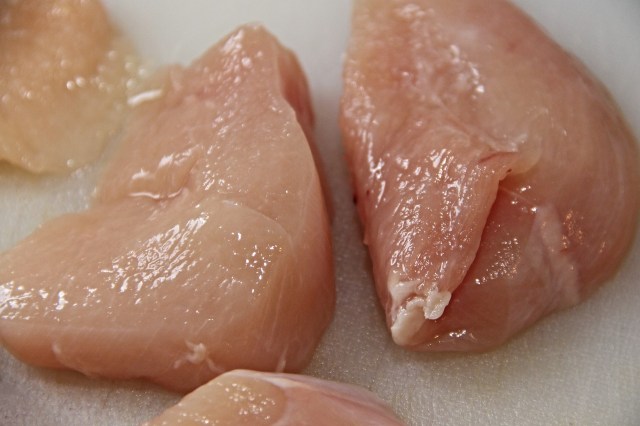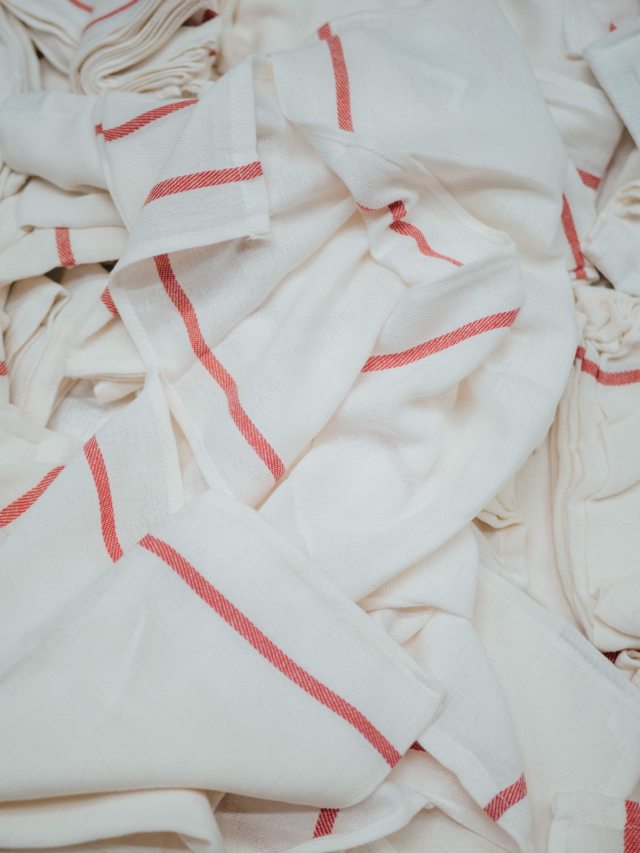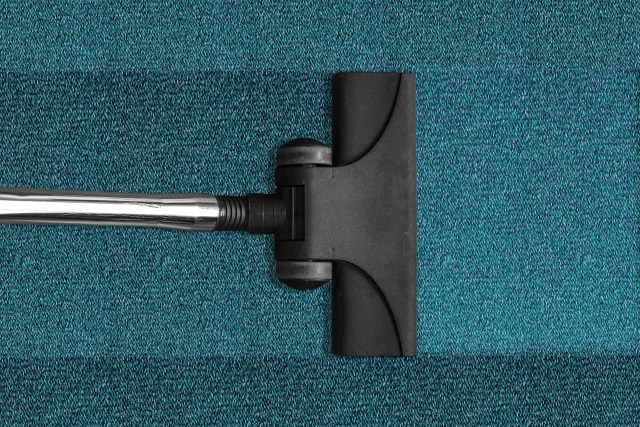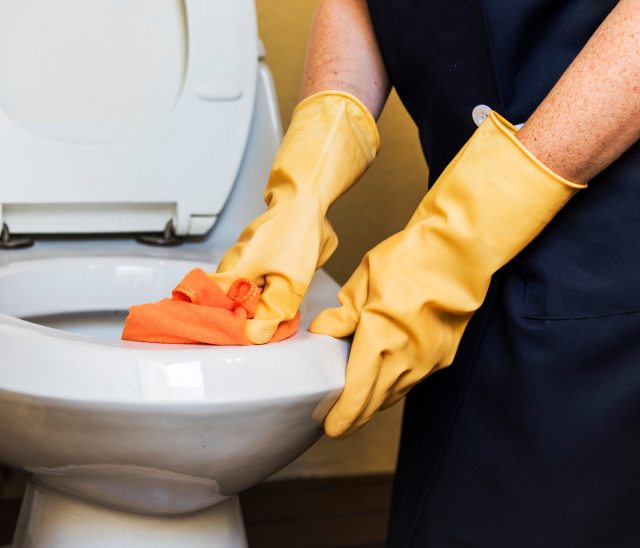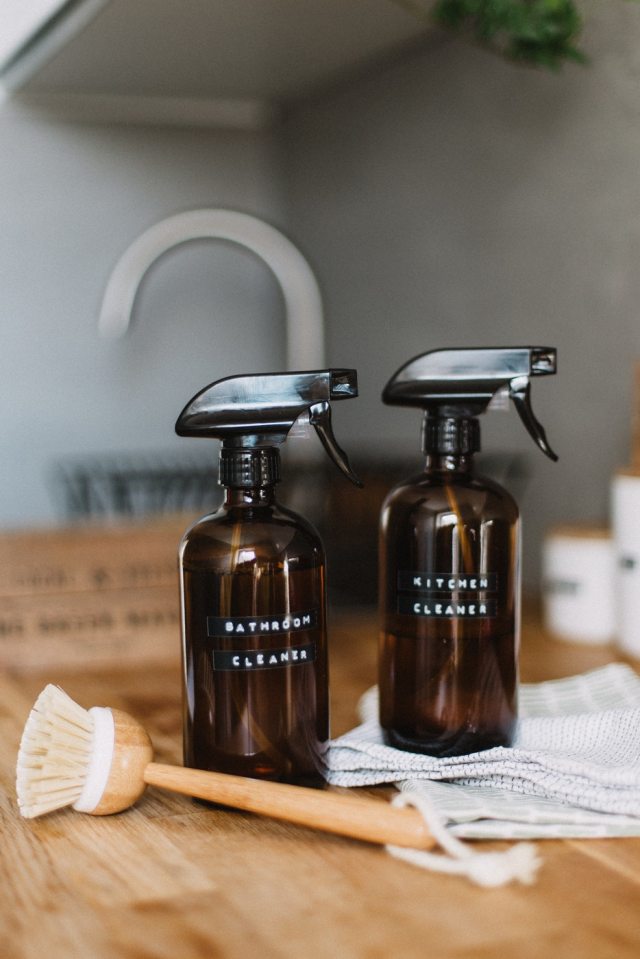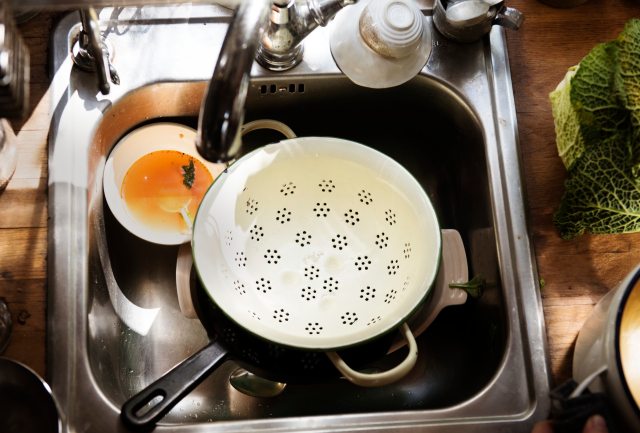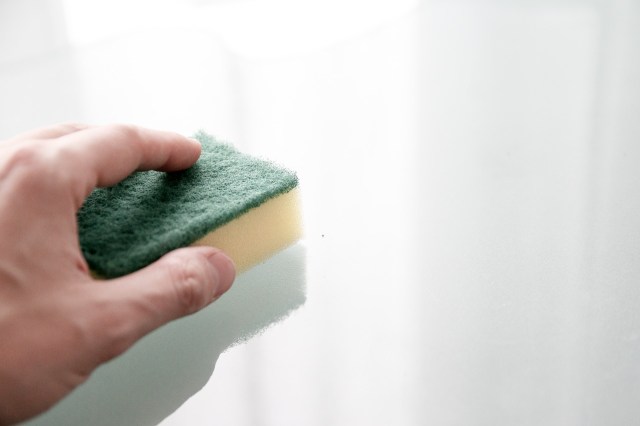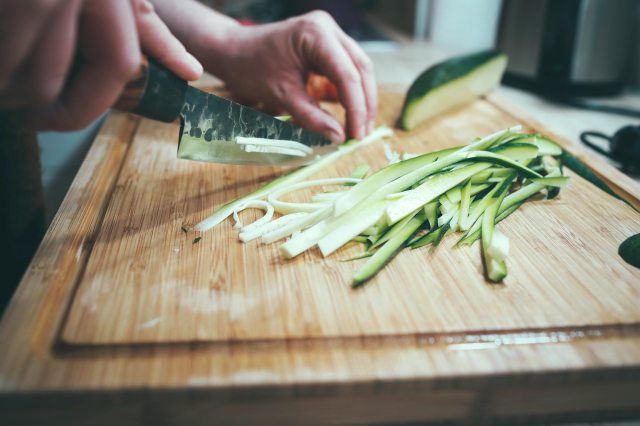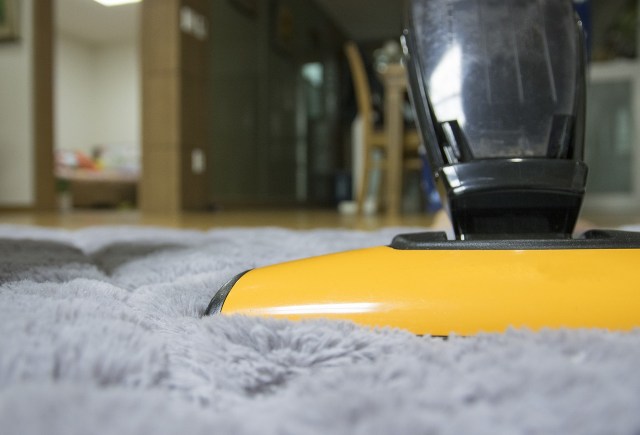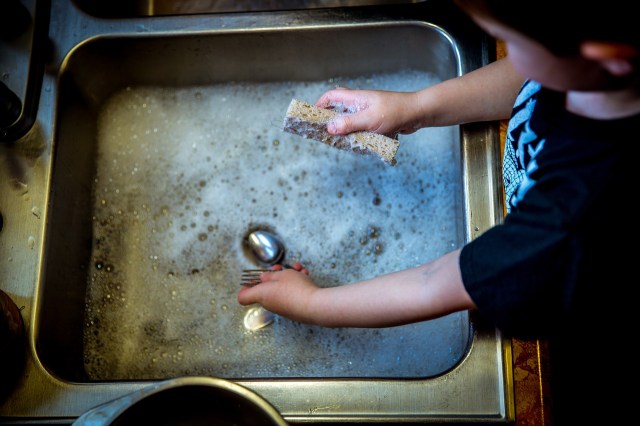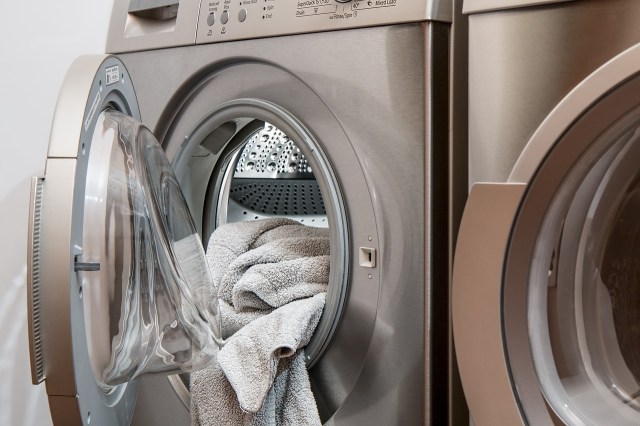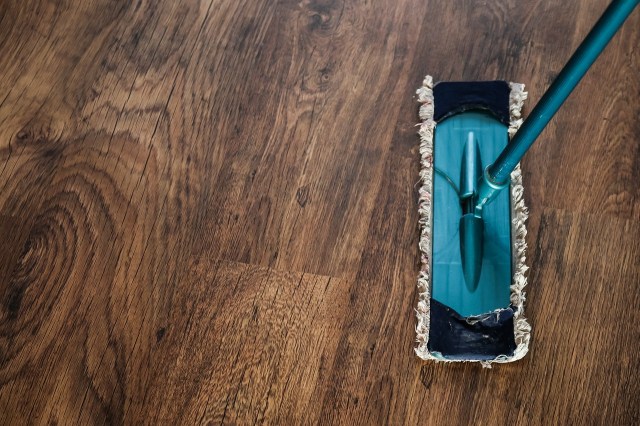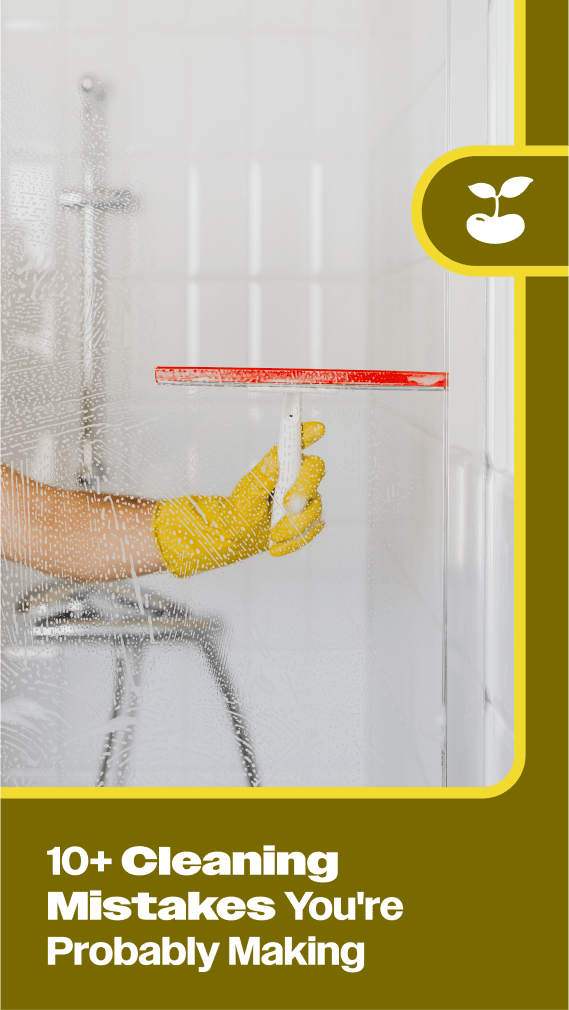In honor of its 5th Annual Beauty Week, Whole Foods has released its first-ever top beauty and wellness trend predictions for 2019. The report highlights the company’s global beauty buyers’ and experts’ picks for the coming year and will coincide with the Beauty Week Celebration.
Consumers can shop the trends in store during the sale from Mar. 27 through Apr. 2, where the entire selection of makeup, facial care, hair care, nail polish, perfume and makeup brushes will be 25 percent off—with an additional 10 percent off for Prime members! And starting Friday, Mar. 29, don’t forget to snag one of two limited-edition Beauty Bags (available in limited quantities) for $20 each. Now…onto the trends!
photo: Courtesy of Whole Foods
Superfood Beauty
Superfoods aren’t just for dinner anymore! When it comes to beauty products, Whole Foods predicts green foods like spirulina, avocado, green tea, matcha, kale will take center stage in face masks, body care and hair care. You may also be surprised that functional mushrooms could also find their way to topical beauty products like lotions and cosmetics.
Beauty from Within
Supplements for beauty continue to gain popularity and essential fatty acids (EFAs) and collagen are super popular in powders, chews and shots. Check out the brand Amazing Grass and its plant-based protein powder, Amazing Protein Glow Chocolate Rose Powder that makes beauty from within easy.
Vegan Cosmetics
With a bigger focus on increased consumer awareness around transparency, the emergence of vegan cosmetics is not a surprise. The increase in quality products is largely in part to improved pigments that last all day and rival traditional makeup brands. Why not go vegan?
photo: Annie Spratt via Unsplash
Sleep Supporters
Aromatherapy, essentials oils, bath bomb and sleep supplements are giving everyone easier access to creating soothing evening routines that promote restful sleep. Warming beverages like #moonmilk and golden milk that find their roots in traditional Chinese and Ayurvedic medicines to support sleep and decrease the effects of stress are also on the rise. Products that contain valerian root powder, passion flower powder, lavender and shea butter are all huge sleep supporters.
Microbiome-Friendly Beauty
Bacteria isn’t all bad, especially when it comes to “good” bacteria that include prebiotic and microbiome-friendly products. Topical beauty brands are taking a foray into low-ingredient recipes that help not to disturb the skin’s good bacteria and help you look your best. Expect to see all kinds of products in this genre, including moisturizers and sunscreen in the coming year.
––Karly Wood
RELATED STORIES
This New Ice Cream Will Help You Get to Sleep (Yes, Really!)
10 Must-Have Beauty Products from Target’s Huge 14 Days of Deals Sale
Recall Alert: Whole Foods Recalls Prepared Foods Made with Spinach






